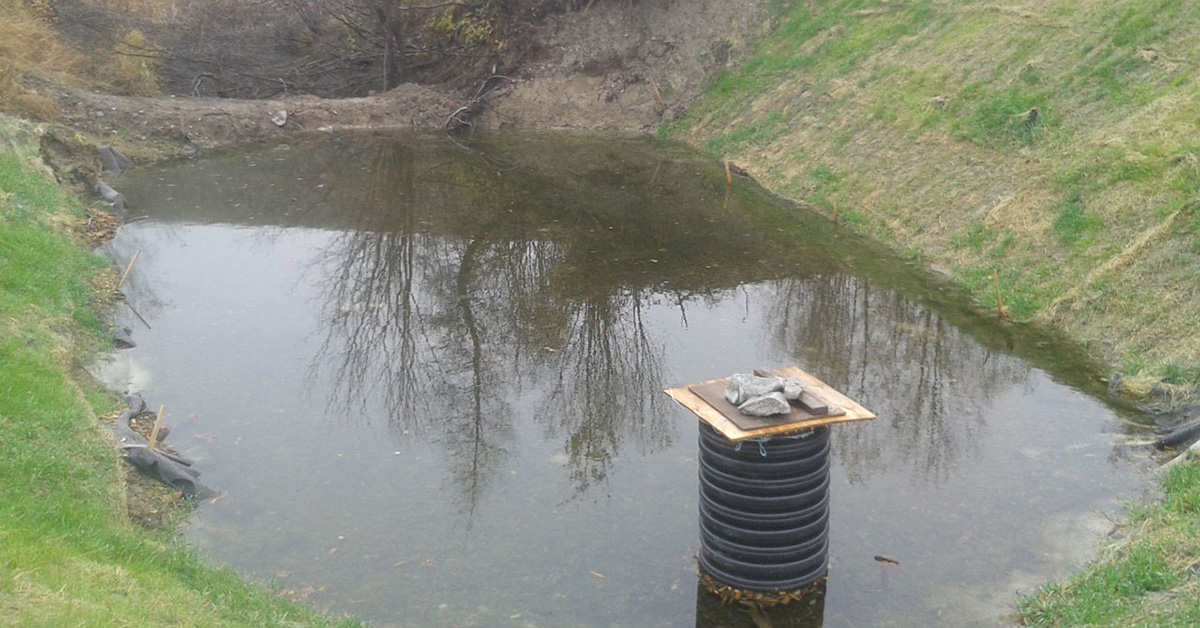Environmental clean-up of old mining sites is a challenge facing mining companies across the country. Treatment of acid mine drainage using wetland systems and replanting vegetation in tailings areas are the two approaches being used to restore the old sites. Two recent applied research projects at the Centre technologique des résidus industriels (CTRI) affiliated with Cégep de l’AbitibiTémiscamingue were specifically designed to help small and medium-sized mining companies in Northern Québec adapt to today’s environmental regulations and find ways to restore the landscape disturbed by mining activities.
Researchers are analyzing the characteristics of metal-absorbing materials and creating an inventory of materials that neutralize acidity and could help decontaminate mine waste water. Combined with wetlands, which help purify water through passive sulphur-reducing bio-filters, these materials could lead to greater effectiveness in treating acid mine and contaminated drainage. Various combinations of plants and improved soil formulas will be tested on both sites that generate acid mine drainage and control sites to find the most effective way to restore areas to an acceptable post-mining state.
This project has provided several technological showcases for the cégep’s partners, particularly in the re-vegetation of waste rock, tailings and passive treatment systems for mine drainage. The research also involved many university and cégep students through grants, internships and classroom projects.


